9. Introduce trail running.
We started with a group trail run of 6 miles, then slowly incorporated other mid-week runs when we could no longer tire her out. Trail running adds a different dynamic to your dog's experience, so it's important to monitor this transition.
For Ginger, running in a group was a huge distraction. She hated to be in last place, and would often lunge forward to cut people off. It took some time for her to understand this was not acceptable.
More: 5 Reasons to Try Trail Running
There are also cyclists and wildlife to deal with. There's a lot of stimulation for a dog. Take your time on this transition until your dog is comfortable with trails.
I found it helped Ginger to have some time off-leash (where possible) to sniff her new surroundings and explore a little. This prevented her from stopping dead in the middle of a single track trail to sniff some poop while tripping the person behind her.
We are still trying to perfect Ginger's trail manners, especially when it comes to running with strangers and spotting other animals. She recently tried to take down an entire herd of deer by herself. Hunter, much? It's an on-going process with her.
Some basic obedience training could go a long way here as far as following basic commands. Ginger is learning:
- "Slow down"
- "Stop"
- "Walking"
- "Come on"
- "Let's go"
- "This way"
10. Pick a side on pooping.
Ultra trail runners are well known for pooping on the side of the trail. In fact, I've heard people say that you're not a true trail runner until you've pooped in the woods. I know that not all runners do this, but when you're training to run an ultra marathon, any bush looks like a toilet.
The doggie bags I carry for Ginger are attached to her leash. On one trail run, it dawned on me: Why the hell am I going in the woods yet carefully carrying my dog's poop around?? I picked a side: the Non-Doggie Bag Side.
Depending on your distance and your trails, you may pick the Doggie Bag Side. Maybe wood-pooping isn't something you or your dog want to get into right now. It's your call.
I always make sure Ginger goes off-trail and if she doesn't, I'll move it somewhere I'd poop myself, or slide it over the side of a cliff. She usually tries to bury it herself.
More: 4 Ways to Build Speed Workouts Into Your Runs
11. Train for Danger
Trail dangers include things like wildlife and rattlesnakes. We will be putting Ginger through a snake training class where she will learn to recognize and avoid snakes.
It's best to do this at the beginning of the year, to coincide with rattlesnake season. It's also best to refresh this training every once in a while. This is an important point to follow. One of our trail running friends lost her dog when it was bitten by a rattlesnake.
12. Make running fun, not work.
Dogs and humans both appreciate variety. On our shorter runs, I like to shake things up with Ginger. Sometimes we run "people pace", and sometimes we run "Ginger pace".
Ginger pace is where she gets a turn to lead. Instead of following me, I follow her. My pace is always steady and slow, but at Ginger pace we're either running a mad dash, or stopping dead so she can sniff some pee-mail. This puts some fun into our routine, and keeps both of us engaged and smiling (yes, she smiles).
- 3
- of
- 5
About the Author

Get ACTIVE on the Go


Couch to 5K®
The best way to get new runners off the couch and across the finish line of their first 5K.
Available for iOS | Android


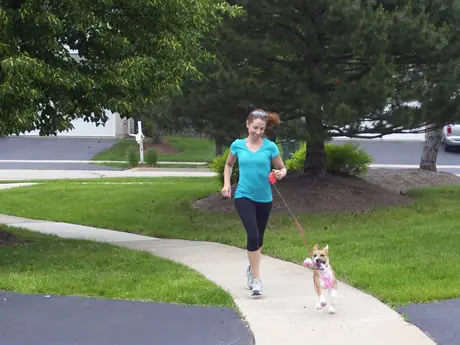
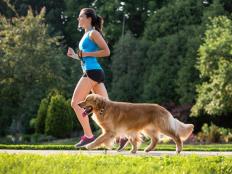
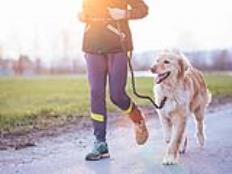
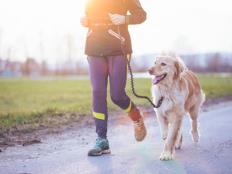
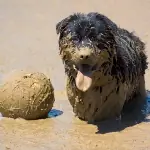
Discuss This Article